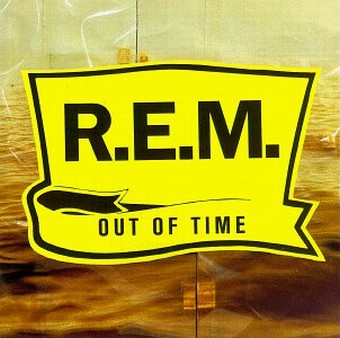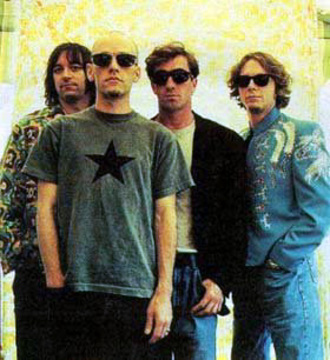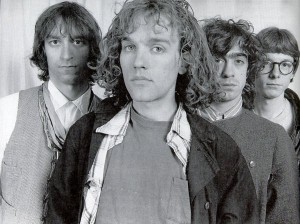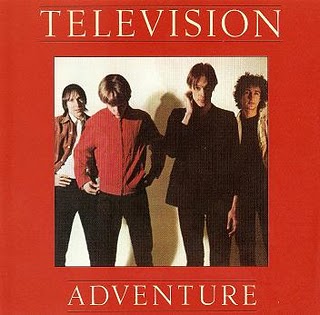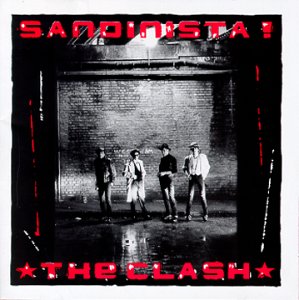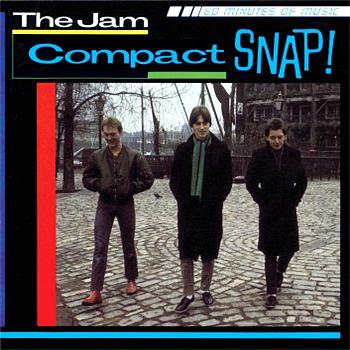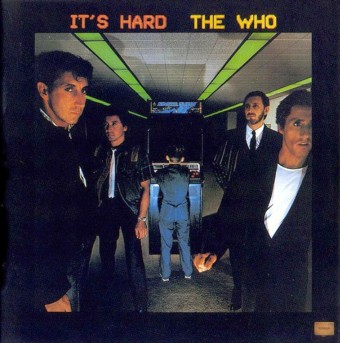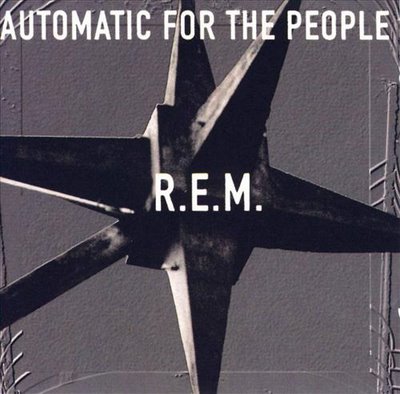
"Automatic For The People" By R.E.M. Year Of Release: 1992.
The follow-up to the critically-acclaimed “Out Of Time” (1991), “Automatic For The People” (1992) feels like the perfect successor to the previous offering to me. Now a broader scope of themes is broached, and personal compositions such as “Nightswimming” are turned into wider statements about youth and the passing of time. Mortality is also another recurrent topic, with the songs “Try Not To Breathe” and “Sweetness Follows” treading heavy territory. “Try Not To Breathe” deals with an old man’s resolution to die, based on his will not to be a burden to his family any longer. And “Sweetness Follows” is a song that makes you realize that you don’t have to wait for the end to come in order to bury the hatchet and make peace with any member of your family.
The album also has the highly successful “Everybody Hurts”, with one of the best orchestrated fades of the record. The title is explicit enough, and the song on the whole is just that bit too slow for my liking. But it has “hit” written all over it. The accompanying video was also a clever one, using subtitles that matched and then moved away from the actual lyrics to drive the point home: harming others is human nature in itself. It is not a matter of superiority. Nietzsche used to say that only he who does wrong can do right. I guess he had a point. And so does R.E.M. here. Continue reading

